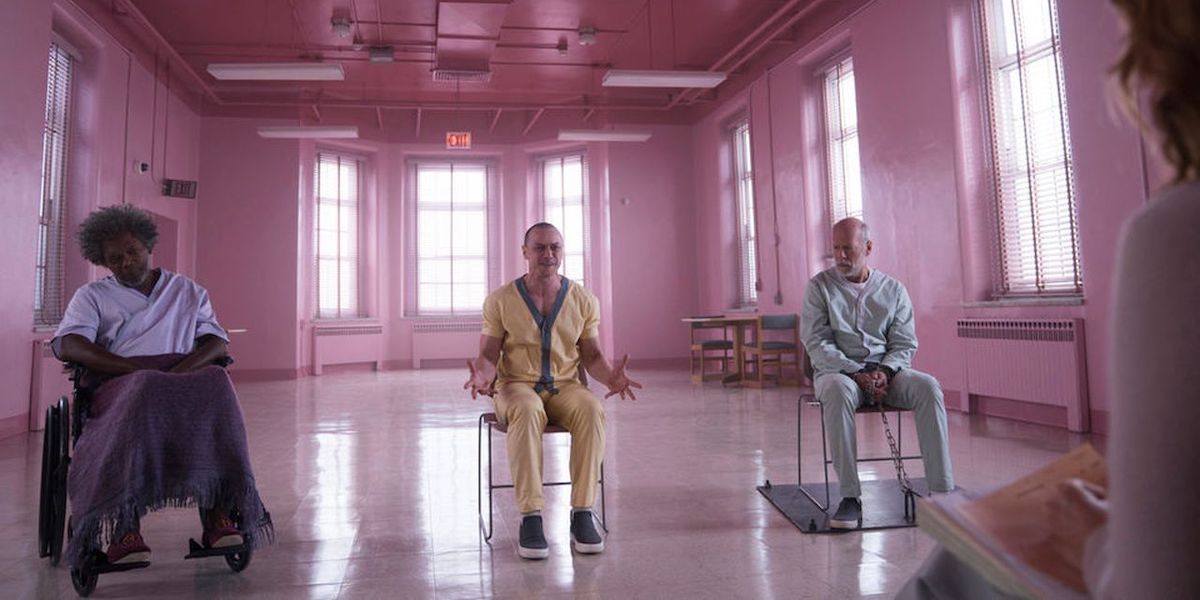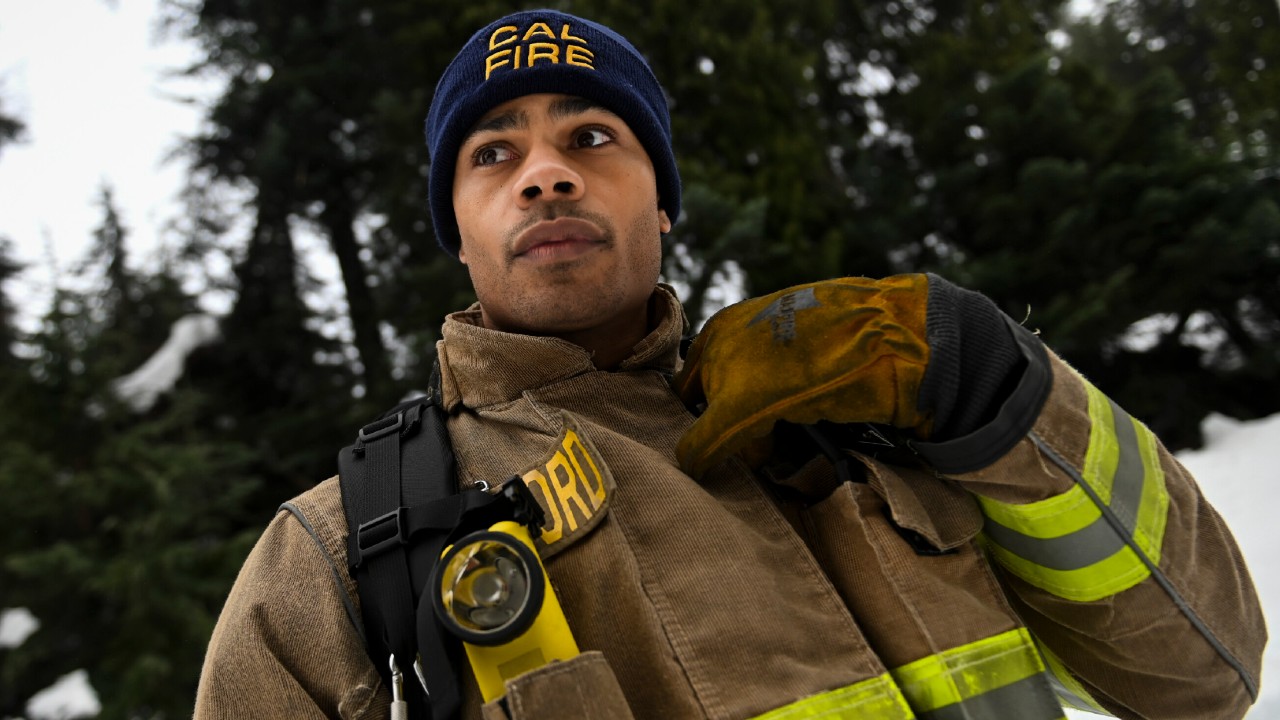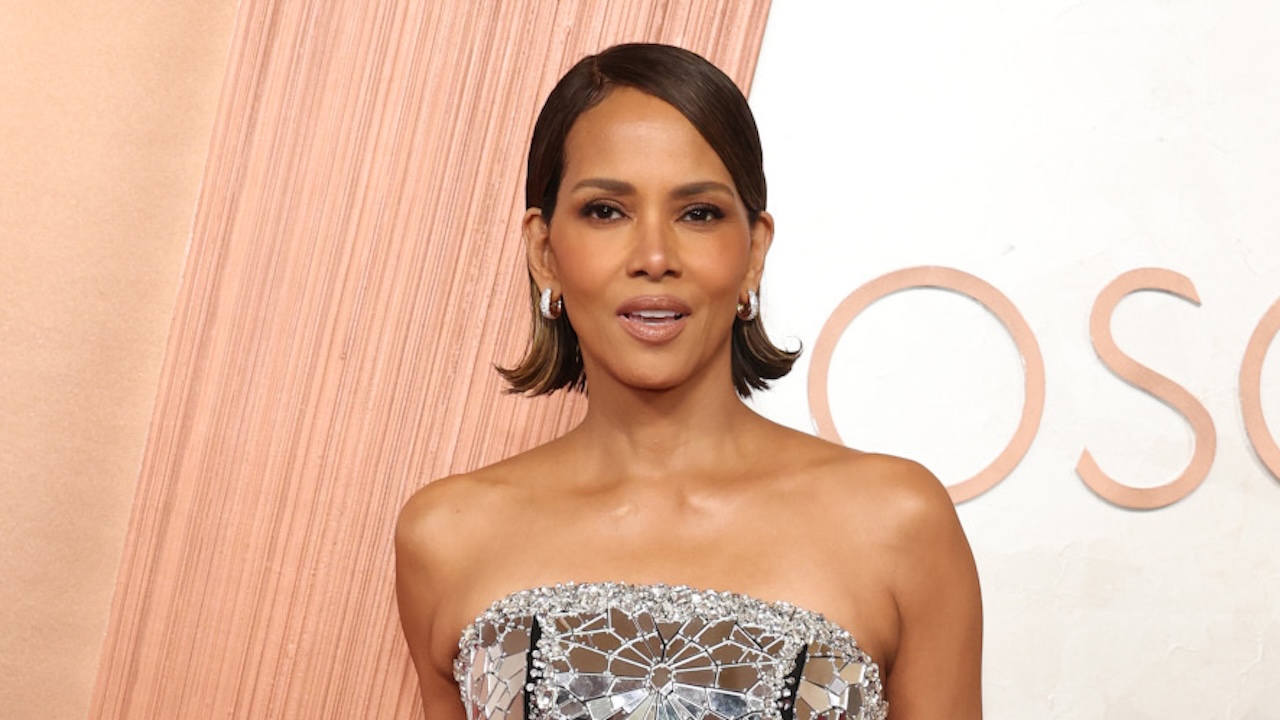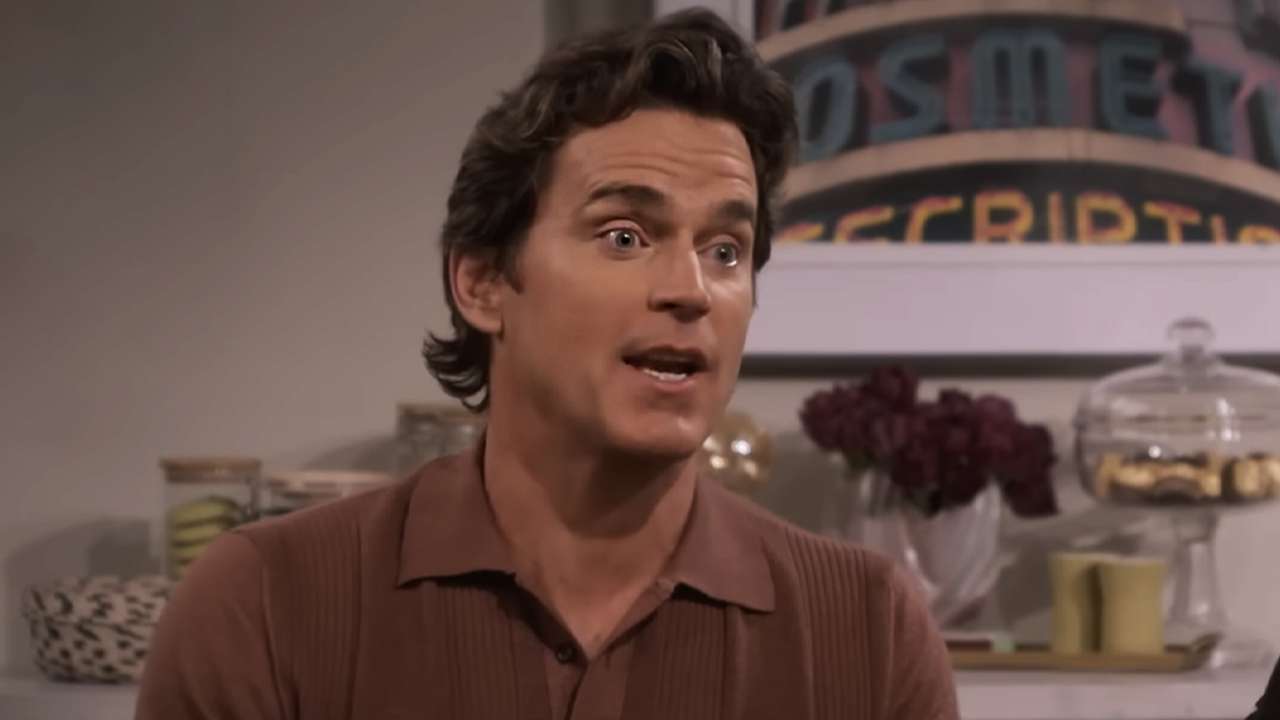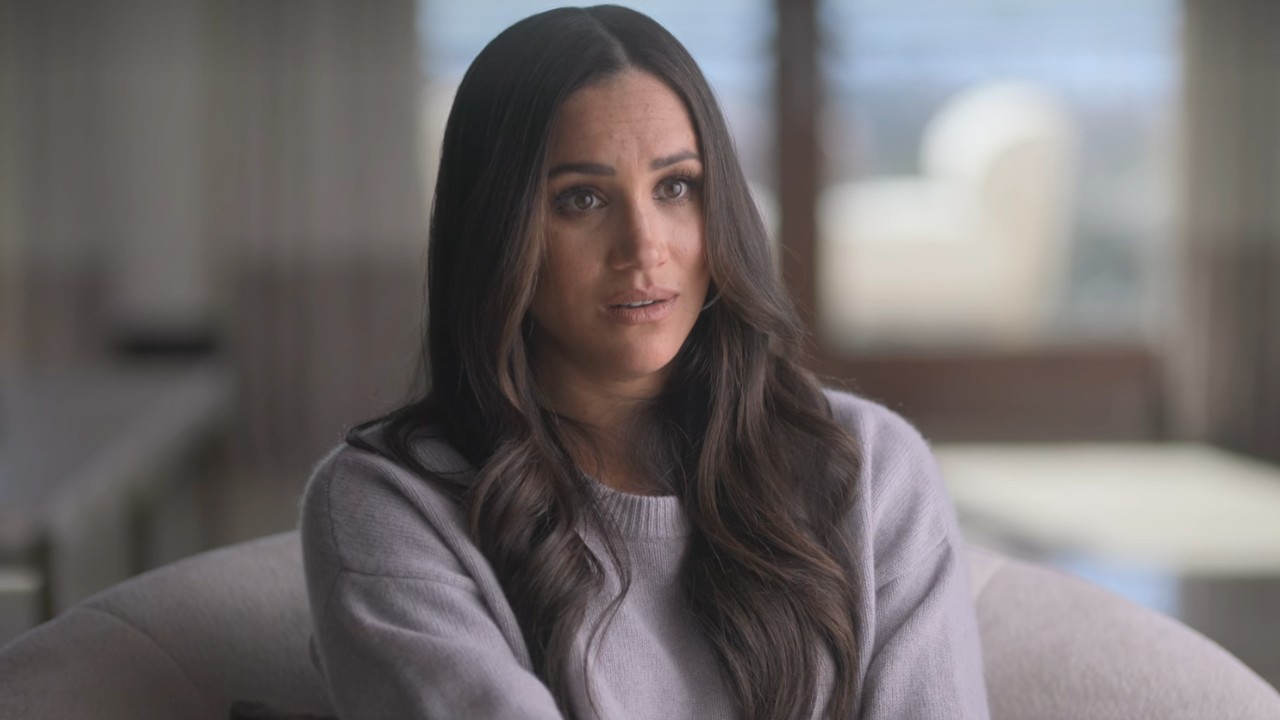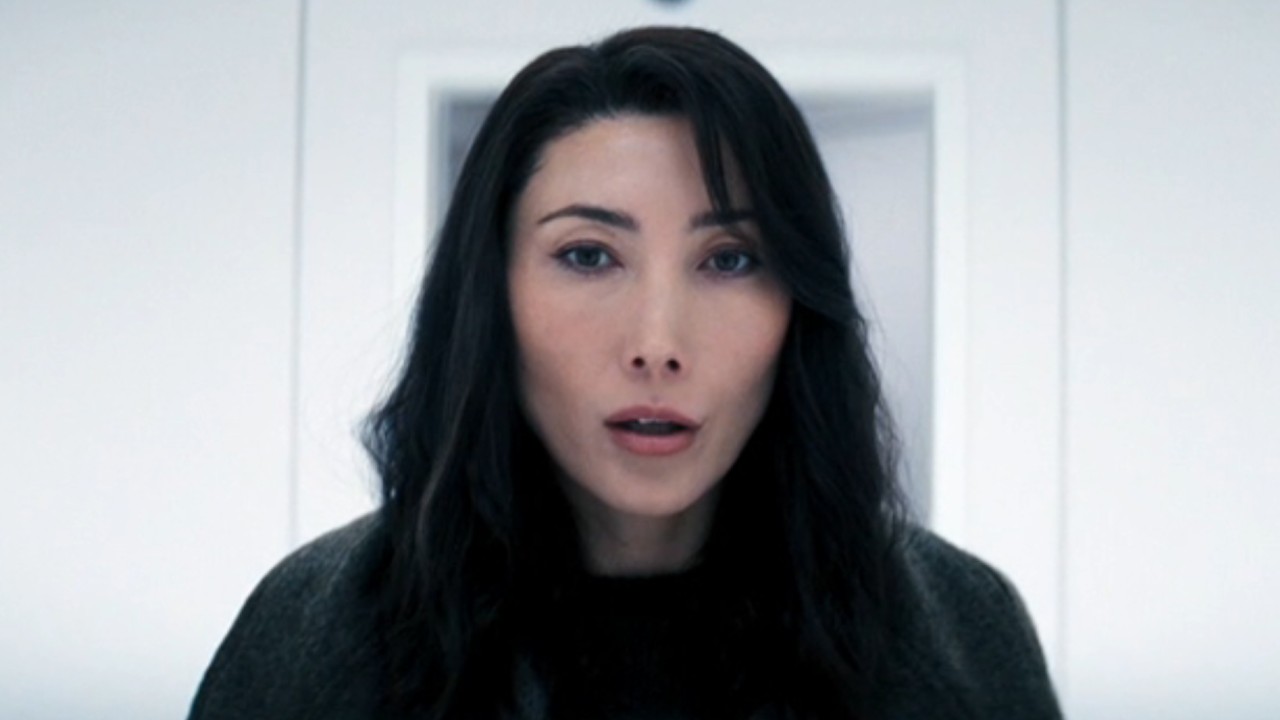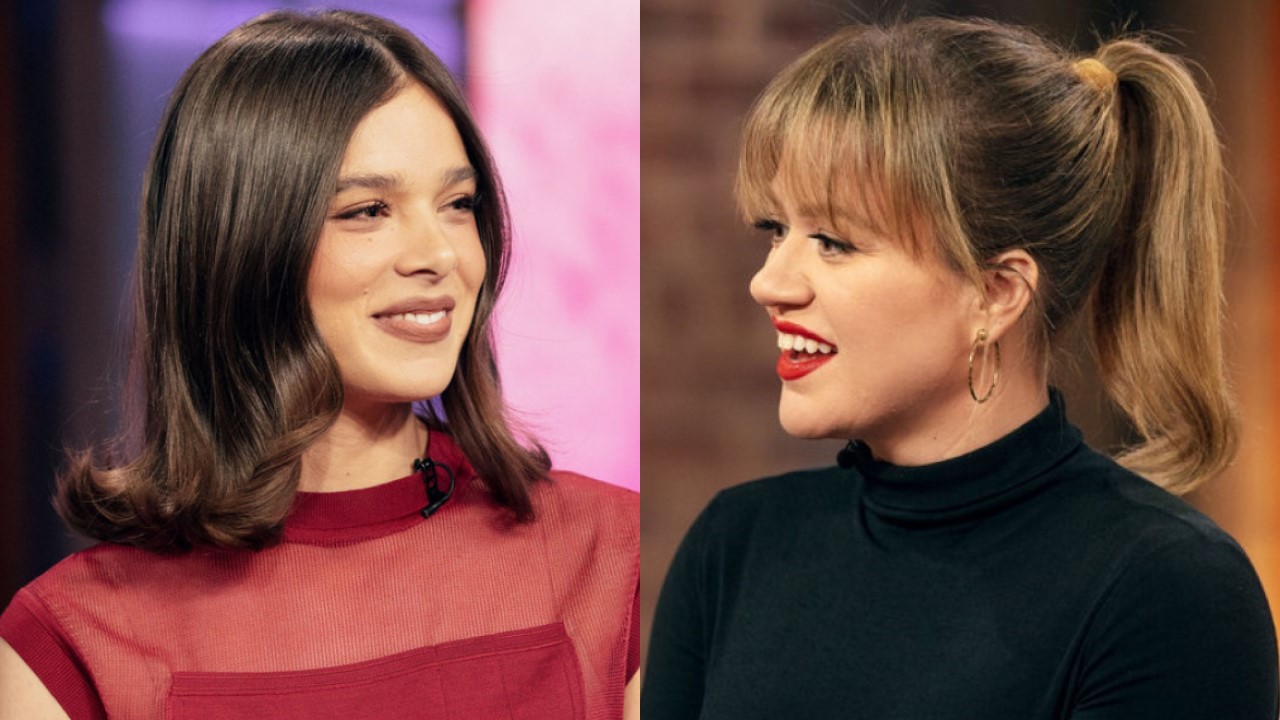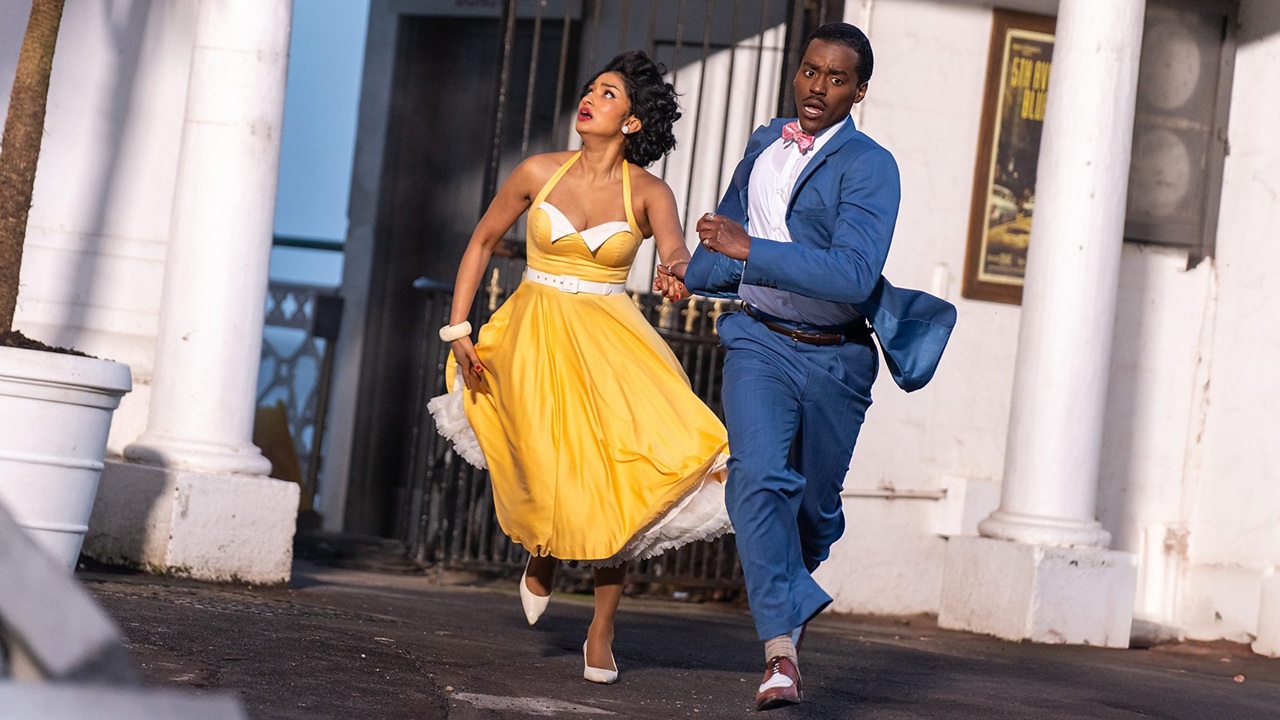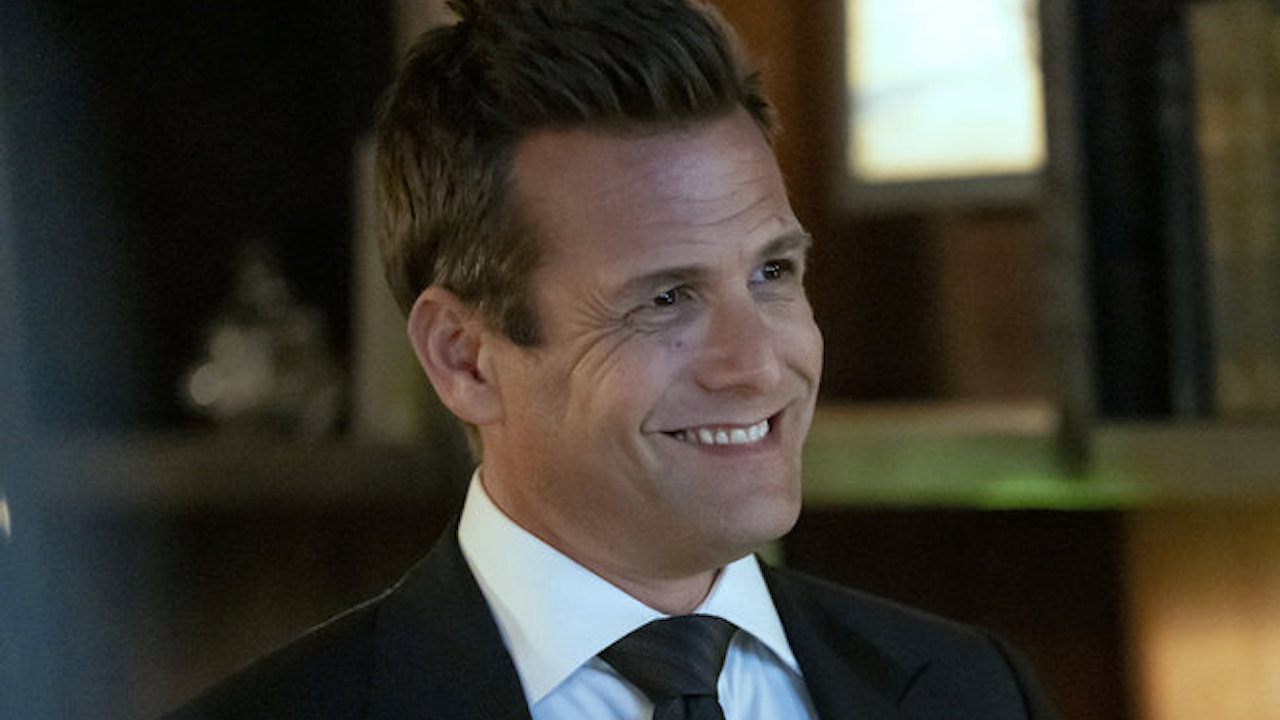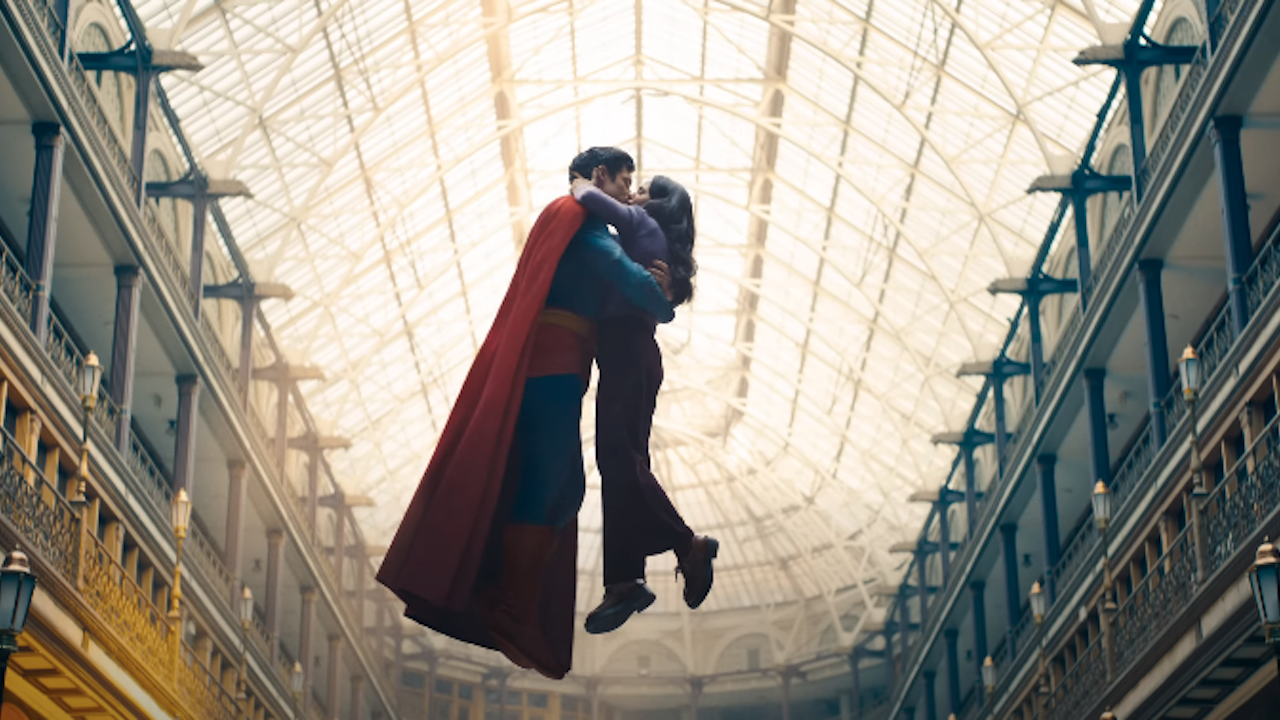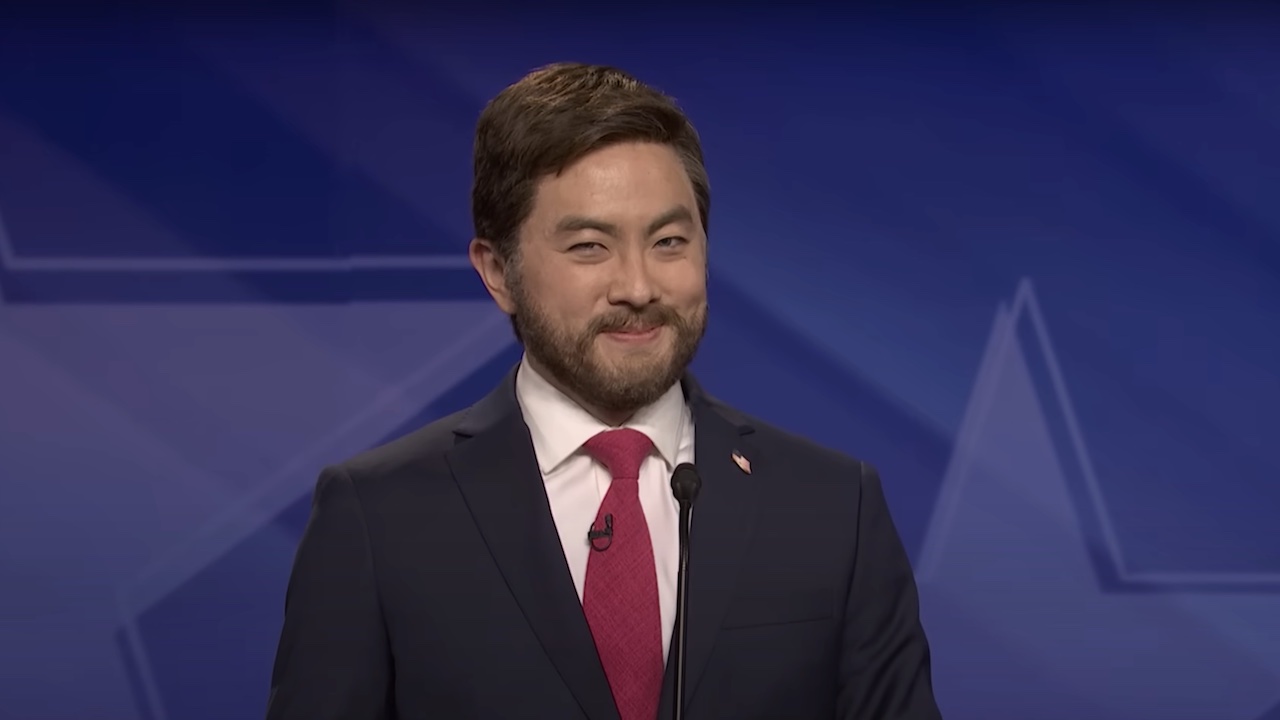The Village Ending: What Happens And How It Differs From Expectation
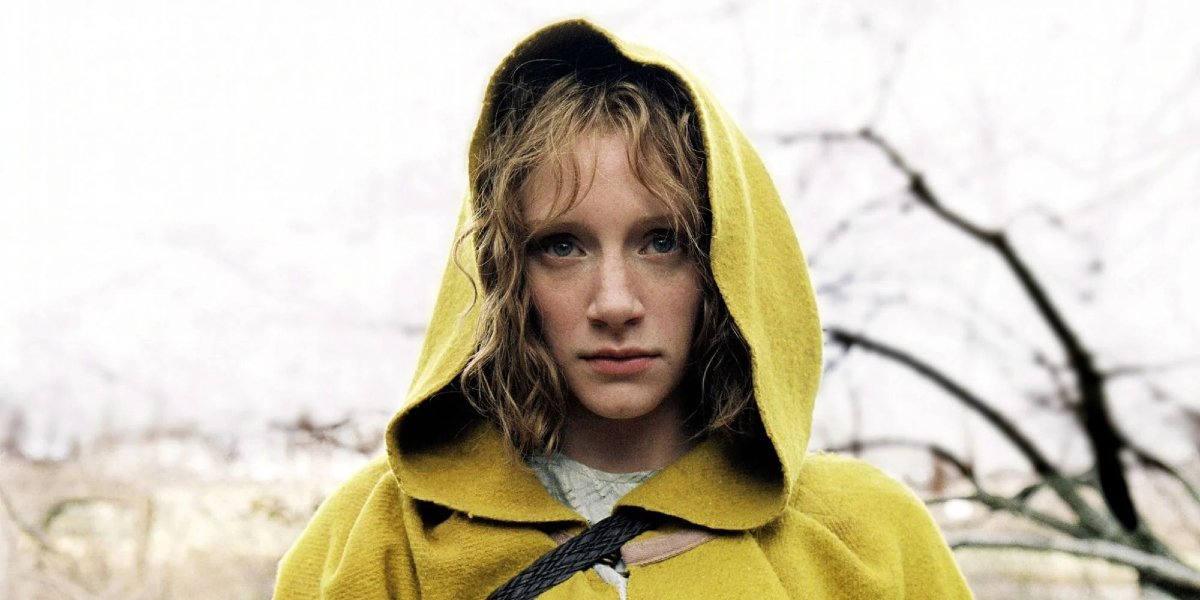
Warning: spoilers for The Village are in play. If you’ve somehow escaped spoilers for this M. Night Shyamalan film, and want to remain that way, don’t follow us into the woods.
A little over 16 years ago, M. Night Shyamalan was on a hot streak, as his career had delivered three solid hits into the world: The Sixth Sense, Unbreakable, and Signs. Terror laden tales of people overcoming personal trauma, and becoming stronger than they ever could have imagined, this landmark trio served as the foundation for the writer/director’s meteoric rise in the Hollywood firmament. And then, on July 30, 2004, all of that changed when The Village saw critics, and even fans, turning against the steadily climbing auteur and his visions. Part of the problem was, folks didn’t know what to make of The Village’s ending, and there’s a really good reason for that.
Due to the burden of expectations that M. Night Shyamalan’s career had suffered under with his previous films, there were a lot of things his fans had expected out of The Village. Those expectations were absolutely inappropriate, as this movie does have a firm story in mind; just not the one people who walked in assuming they were about to see the next Sixth Sense had in mind. Prepare yourself for a tale of marketing gone wrong, as we dive into The Village’s ending, and how it differs from what audiences expected.
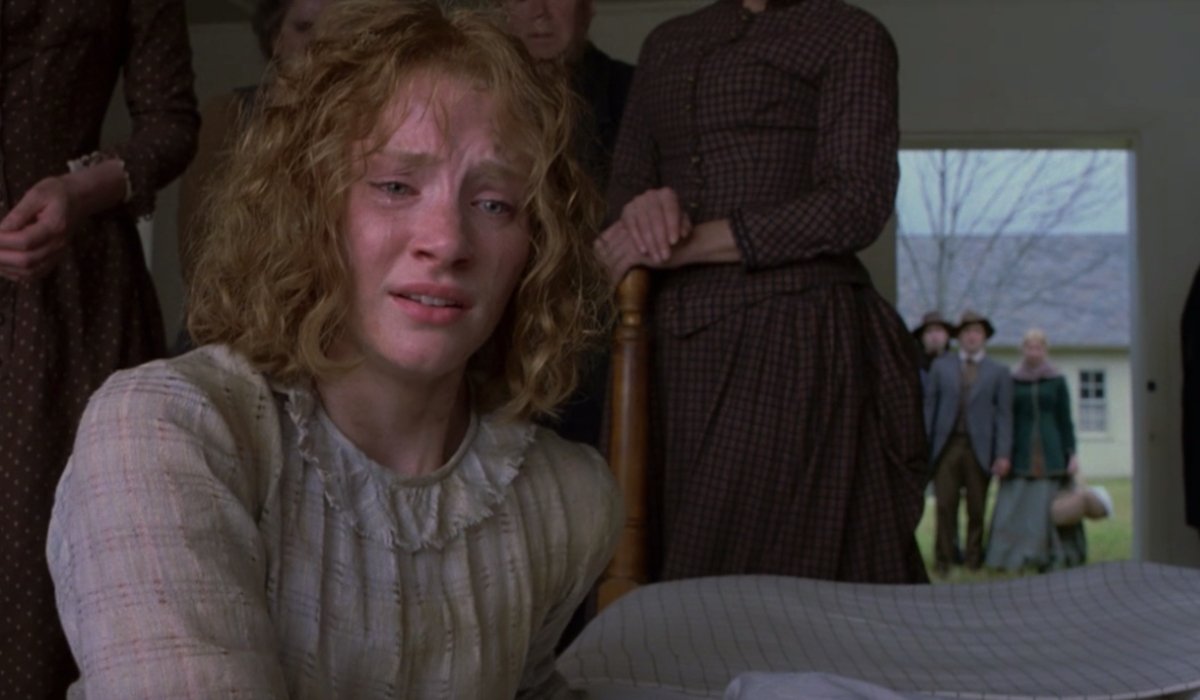
What Happens At The End Of The Village
The Village mostly sets its story around the whispers of “Those We Don’t Speak Of.” Horrific creatures that the village of Covington has made a pact with are roaming out in the woods, plaguing the town elders as well as their children. Two of the young lovers in the village, Ivy Walker (Bryce Dallas Howard) and Lucius Hunt (Joaquin Phoenix,) find themselves growing closer, and intending to marry. Taking place against the backdrop of events that suggest “Those We Don’t Speak Of” are breaching the borders of Covington, danger is in the air.
However, the true danger is not of beastly origin, but of human borne desires. While the most action we saw pertaining to the creatures was a couple of heightened moments of terror, and skinned animals being discovered around the town, the greatest act of violence The Village sees is when the disturbed Noah Percy (Adrian Brody) stabs Lucius repeatedly in his shop. As it turns out, Noah is in love with Ivy, and in a jealous rage, he tries to take out his would-be rival.
Which leads to The Village’s two, gigantically controversial twists: the first is that “Those We Don’t Speak Of” aren’t really monsters, they’re costumed villagers meant to make the tales of Covington’s beast problem a reality. The reason for their existence is because the founder of the village, Edward Walker (William Hurt) helped create a society where it was possible to convince a whole town of people that it was still the 19th century.
The grand truth, and second twist of The Village sees the blind, but resourceful Ivy travel beyond the borders of what’s known to the outside world as Walker Wildlife Preserve. In a quest to get medicine that would heal Lucius, it’s revealed that this village exists in modern day Pennsylvania. The reason for the 19th century setting is because Edward and his fellow town elders wanted to escape the problems of the modern world, after bonding in a grief counseling group. With the help of a park ranger that helps guard Walker Wildlife Preserve, Ivy obtains the modern medicines needed to save Lucius’ life, presumably saving her future husband.
CINEMABLEND NEWSLETTER
Your Daily Blend of Entertainment News
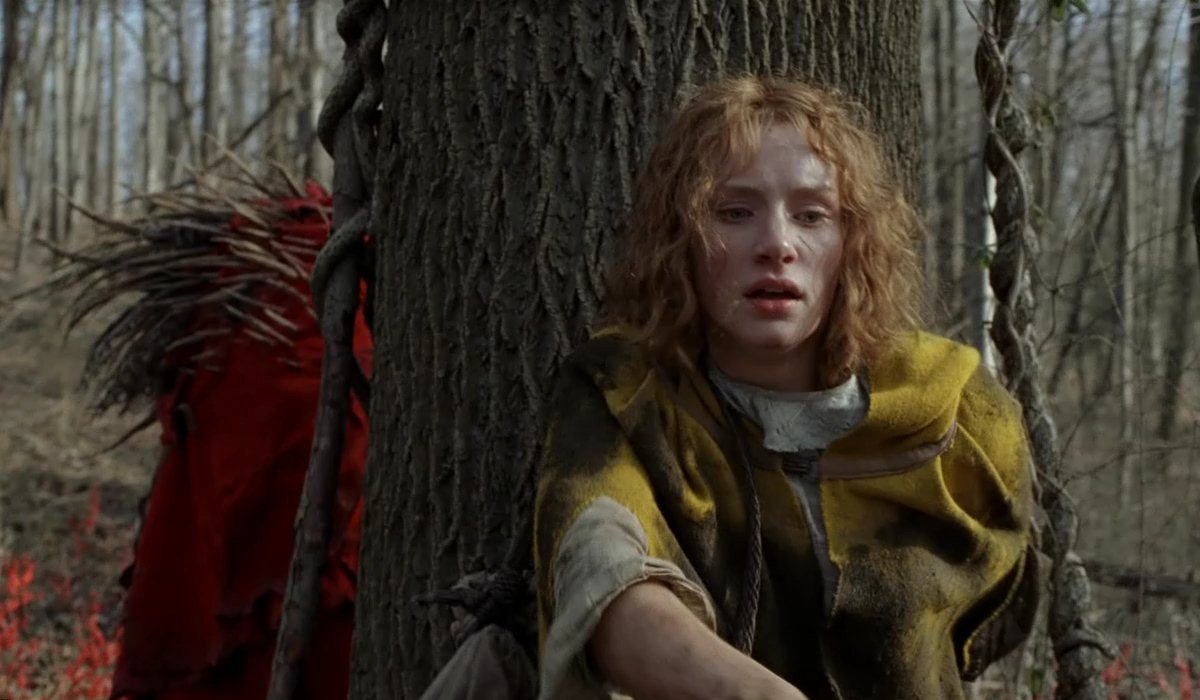
What The World Thought The Village Was About
Admittedly, The Village’s big picture was not what I, or most other moviegoers, were expecting from the story. The huge expectation that was set from the word go was that there was a truce between the human inhabitants of a Pennsylvania village in the 1800s, and the forest monsters they revered and feared, and that agreement was about to be broken. Naturally, if you break an agreement with a creature that dresses in red and has spiky thorns coming out of its back, you’d expect them invade, leading a lot of spooky things to happen. With that in mind, you can totally see why audiences and critics were changing their tune about M. Night Shyamalan at this point.
“The Twist” was a firmly planted hallmark of the filmmaker’s career, even at this early point in his ascendance. Part of that was because the three movie run he’d engaged in before The Village nailed that component in quite effectively. “Malcolm Crowe has been dead the whole time,” “Mr. Glass is really a supervillain,” and “the aliens are allergic to water” were all twists of M. Night Shaymalan’s past, and The Village felt like it was going to continue that path of twisty reveals. Which you can totally blame the film’s heavy handed ad campaign on perpetrating.
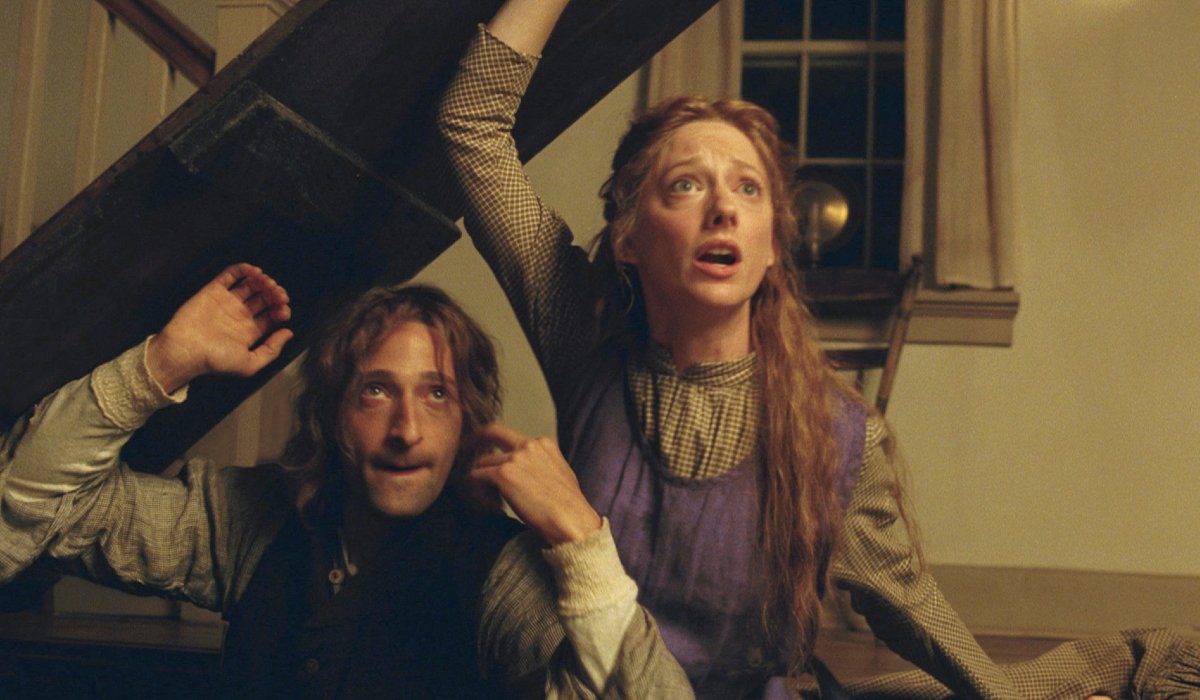
How The Village’s Ad Campaign Betrayed The Movie’s True Story
With M. Night Shyamalan making a huge career out of being a suspenseful filmmaker that indulged in twists, The Village had a pretty huge disadvantage to its marketing game. Rather than selling the film for the true experience that it was, studio Touchstone Pictures opted for a campaign that built its bones on Shayamalan’s previous filmography, directly linking this latest picture to those that came before it. Watch the 2004 trailer for The Village, and see how the studio sold this movie in its theatrical release:
Using William Hurt monologue about the creatures in the woods, with lines like “I fear our days of peace are over” I can’t help but put the expectations that previously ran through the heads of potential audience members. Combining suggestive dialogue like that with quick cuts of spooky imagery, bell ringing, and a title appearing in a very Sixth Sense sort of style, you’ve got a gumbo of misdirection that couldn’t possibly be topped. That is, until you get to that last tagline, as the word “RU/N” morphs into “The Truce Is Ending.”
There’s even a TV spot pumped full of dread, horror, and comparisons to his three films before, and another that has the rules of Covington village read aloud by a creepy child. Even if you were to stream the film on Amazon’s Prime Video right now, the synopsis reads as follows: “An oppressive evil inhabits the forbidden forest.” By implying that The Village is more of a forest monster movie than a bittersweet love story set against a tenuous societal experiment, the ad campaign betrayed what the film really was about.
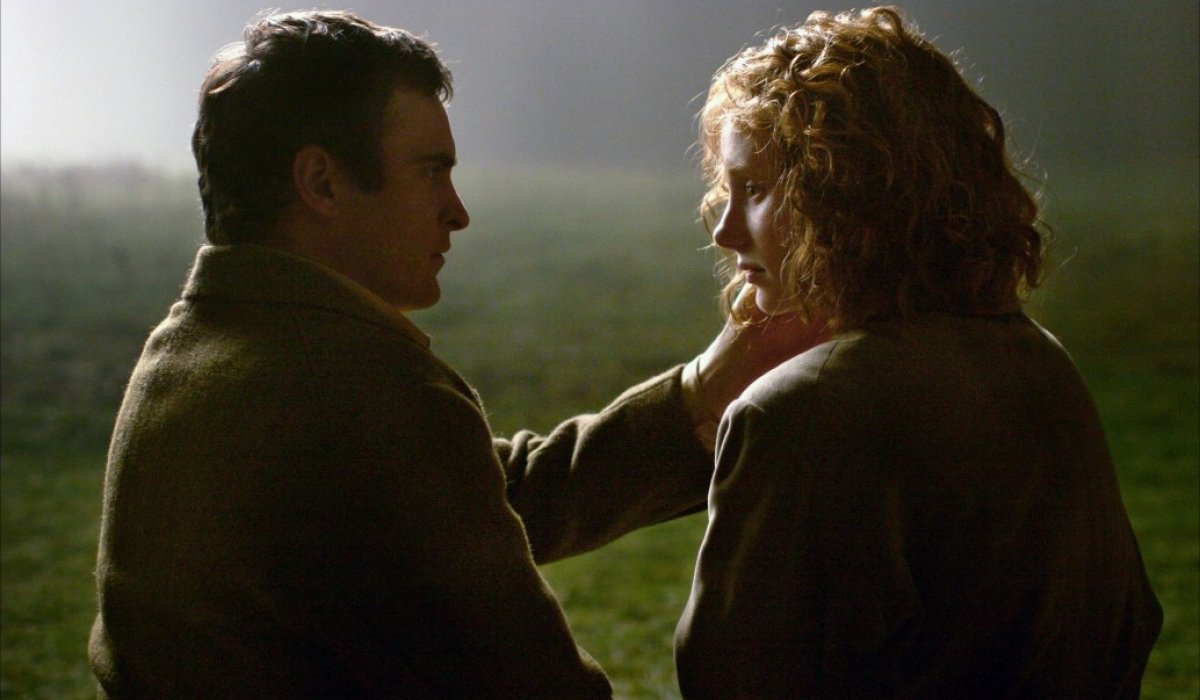
How The Village Defied The World’s Original Expectations
The Village isn’t the story of humans defending themselves after a truce between themselves and the village monsters is broken. M. Night Shyamalan’s film is really about a village of people whose lives were changed by tragedy, and how they grapple with the consequences of their manufactured reality. But more importantly, it’s all about love, as William Hurt’s Edward Walker sums up in one key point of dialogue:
The world moves for love. It kneels before it in awe.
Throughout the majority of this movie, we’re not seeing preparations for war against the woods, nor are we supposed to. What we really see in The Village is the younger generation having their differences with the elders that came before them, and the blossoming of love moving along the entire plot. You could remove the twists of the monsters and the social experiment, and you’d still have a very personal romantic drama to follow.
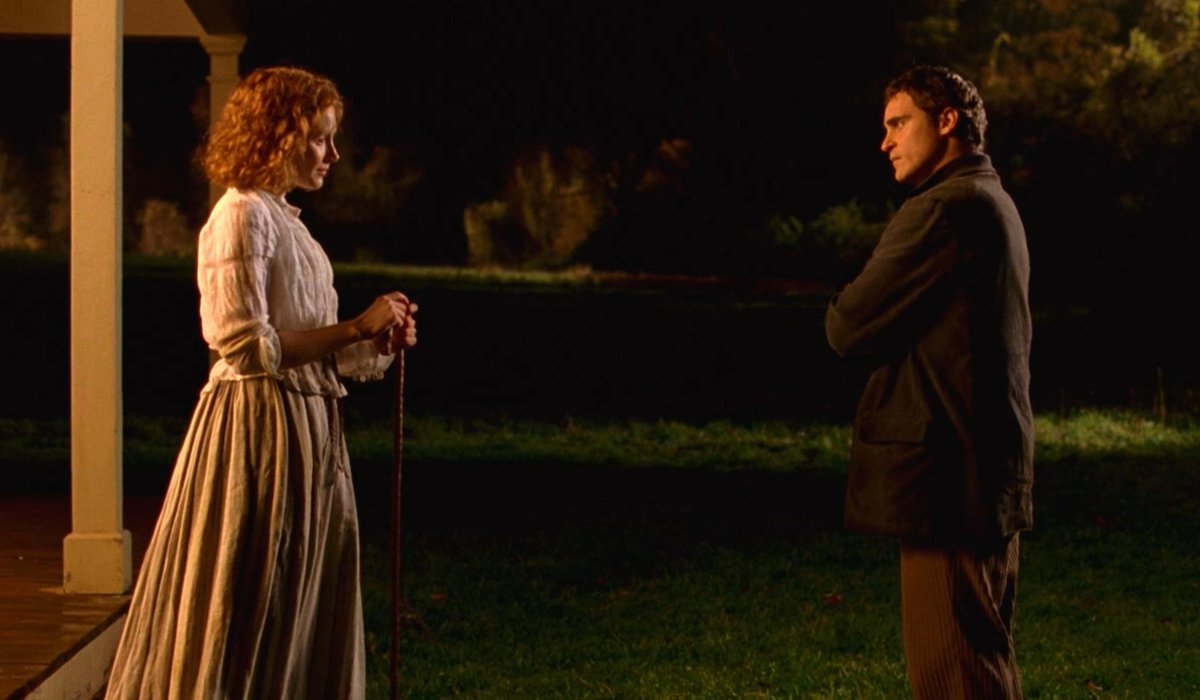
Does The Village Deserve Another Chance?
The Village absolutely does deserve another chance. Revisiting The Village after 16 years, I actually found myself loving it more than I ever had before. Seeing the young love of Lucius and Ivy unfold is the absolute center of this movie, with Joaquin Phoenix and Bryce Dallas Howard sparking with such beautiful chemistry that I can’t see this film as anything but a love story. But the designation of a “love story” works two-fold, as Edward Walker and the town elders’ purpose behind creating the village was inspired by losing people they loved to random acts of savagery.
I would even go as far as to say that The Village might be my favorite M. Night Shyamalan movie, potentially surpassing my previous favorite of Unbreakable, as this tale provides some of the most poignant scenarios the man has ever crafted. After consistently being labeled as a horror/thriller genre person, Shayamalan made a period romantic drama, with light elements of fright that play to the trappings people would expect from a film of his, but don’t use them to overshadow the true story.
If it weren’t for the ad campaign that hyped The Village up as the next big spooky twist in M. Night Shyamalan’s moviemaking career, people might be talking about this particular project as more of an understated masterpiece rather than a missed opportunity. Though the tide does seem to be shifting towards that sort of reading as of late, as The Village is another movie that’s been slowly gathering an appreciation, with people discovering or revisiting this story for themselves, without those expectations heaped on top. Should you be interested to cross into the forest and see The Village again for yourself, the film is currently streaming on Prime Video for your enjoyment.

Mike Reyes is the Senior Movie Contributor at CinemaBlend, though that title’s more of a guideline really. Passionate about entertainment since grade school, the movies have always held a special place in his life, which explains his current occupation. Mike graduated from Drew University with a Bachelor’s Degree in Political Science, but swore off of running for public office a long time ago. Mike's expertise ranges from James Bond to everything Alita, making for a brilliantly eclectic resume. He fights for the user.
